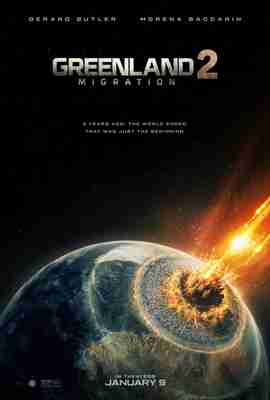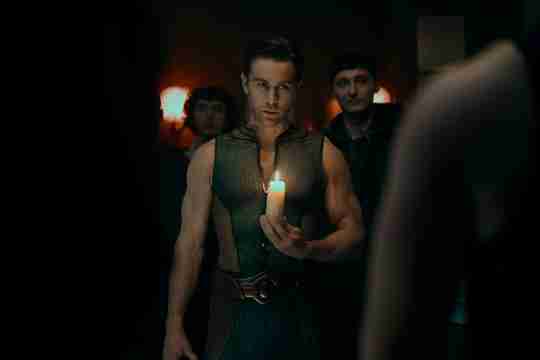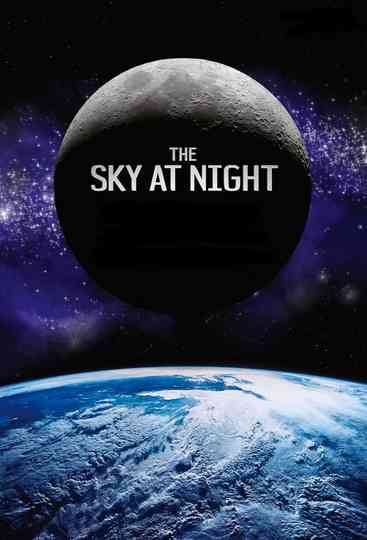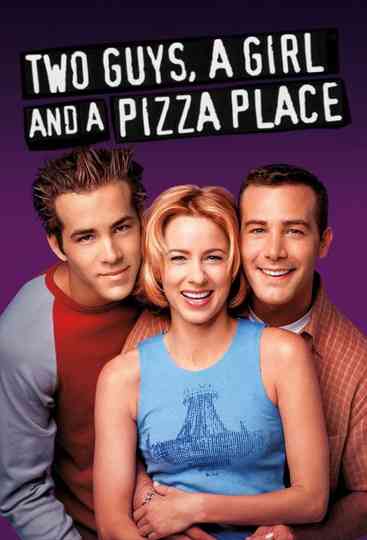1978 Episodes
1. Exploring the Night Sky with Binoculars
Good astronomical telescopes are very expensive today, but there are many objects in the night sky which can be viewed with binoculars. For example, during winter evenings the constellation of Orion is excellently placed, and it contains the lovely nebula which binoculars show quite clearly. Patrick Moore describes this and other features of the night sky, and gives advice on the types of binoculars which are most useful.
2. The Nearest Galaxies
What is the most remote object ever visible with the naked eye? The answer is: the Great Spiral in Andromeda, which is a member of our Local Group of galaxies, but is still very remote - its light takes over two million years to reach us. The Local Group is now known to contain over 25 members, some of which are huge systems while others are dwarf galaxies. Patrick Moore talks about the Local Group to Heather Couper , lecturer at the Caird Planetarium, Greenwich.
3. The New Mars
The Viking space-probes have been operating on Mars for almost one Martian year (nearly two Earth years). We do not yet know whether life in any form exists there but many scientific discoveries have been made. Patrick Moore talks to Professor Geoffrey Eglinton and Dr Garry Hunt.
4. Suns, Space-Ships and Bug-Eyed Monsters
Ever since the days of Jules Verne and H. G. Wells, science fiction and space exploration have been closely linked, and over the last 100 years science fiction has often become science fact. Patrick Moore talks to Arthur C. Clarke, the science fiction writer, who describes himself as an armchair astronaut, and Michael Bentine, best known as a humorist, but who is also a serious and dedicated scientist.
5. The Asteroids
The asteroids or minor planets are among the most interesting of the junior members in the Solar System. Only one - Vesta - is ever visible without a telescope, but thousands are now known to exist; some swing near the Earth, and several close approaches have been recorded. In this programme Patrick Moore discusses the origin and nature of the asteroids, and Gordon Taylor, of the Royal Greenwich Observatory, describes his ingenious method of measuring their sizes.
6. Birth of a Star
How is a star born? We believe that with our telescopes we can see where fresh stars are being created. In this programme Patrick Moore talks about stellar birth, how a star develops and how every star, including our sun, must eventually die.
7. Astronomers' View of the Earth
Far from being exceptional, our earth is an ordinary planet moving around an ordinary star. From space it looks like a coloured globe as men have seen it from the surface of the moon. In this programme Patrick Moore and Dr Ron Maddison discuss the earth from an extra-terrestrial astronomer's point of view.
8. Gamma Ray Astronomy
Gamma ray astronomy is a new science; as yet we do not know as much as we would like about these strange, high penetration rays which come from deep space. Patrick Moore discusses gamma ray research with Dr Jocelyn Bell-Burnell, who worked on the discovery of pulsars.
9. The Edge of the Solar System
The outer planets, Uranus, Neptune and Pluto, are now visible in the evening sky. Do these worlds mark the real edge of the Solar System? There have been suggestions that an undiscovered planet may exist and searches have been made periodically. Patrick Moore discusses the evidence, and speculates upon the possibility that our planetary system may extend much farther than is generally believed.
10. Question and Answer
What effect does the moon have on the tides? How do I recognise the constellations? What is a shooting star? Is there life on other worlds? If I want to take up astronomy, how should I go about it? These are among the commonest questions which are sent in to Patrick Moore from viewers. This evening, from his Selsey home, he selects some of the regular questions and gives them answers.
11. Does Anything Ever Happen on the Moon?
The moon has long been regarded as a dead world; but is this completely true? Astronomers have described faint coloured patches and local ' fogs', which are sometimes thought to be gases seeping through from below the ground. Patrick Moore discusses these ' transient phenomena', and also describes the eclipse of the moon which will take place on 16 September.
12. Where Did Life Begin?
According to a new and revolutionary idea life did not originate on Earth but was brought here as organisms from outer space. Patrick Moore talks to Sir Fred Hoyle and Professor Chandra Wickramasinghe who have put forward this theory and discusses its implications in terms of life elsewhere in the universe.
13. Exploded Star
Six thousand light-years away in space lies the Crab Nebula, a patch of spreading gas which is all that is left of a star which was seen to explode in 1054. The most famous of all supernova remnants, it has always been of interest to astronomers, but new techniques developed recently have further increased its importance. Patrick Moore talks to Dr Simon Mitton about supernovae and their role in the manufacture of the heavy elements from which worlds such as our own Earth are made.
14. The Alignment of the Planets
The two giant planets Jupiter and - Saturn are now visible in the late evening sky. Rocket probes are on their way to both, as the alignment of the outer planets between now and the early 1980s gives exceptional opportunities for interplanetary navigation. Patrick Moore and Dr Ron Maddison consider the significance of this planetary alignment and discuss suggestions that it may have an effect upon the Earth.

























